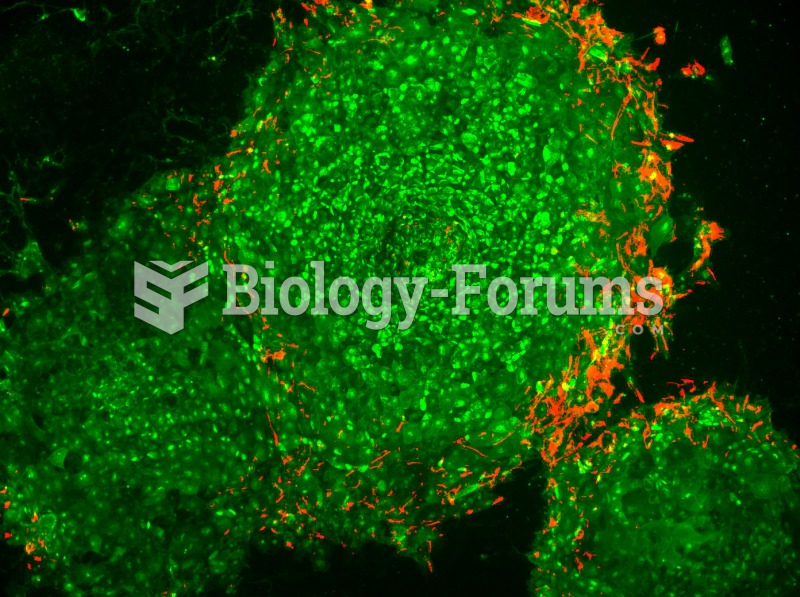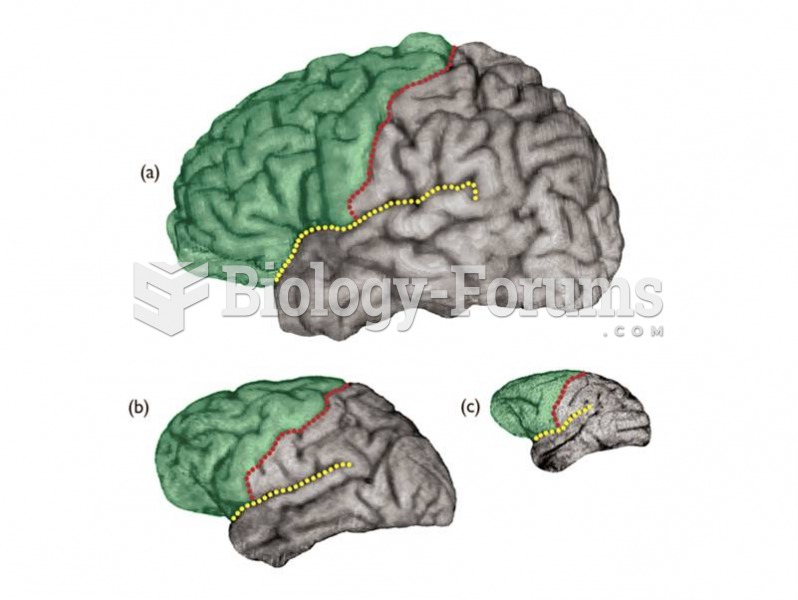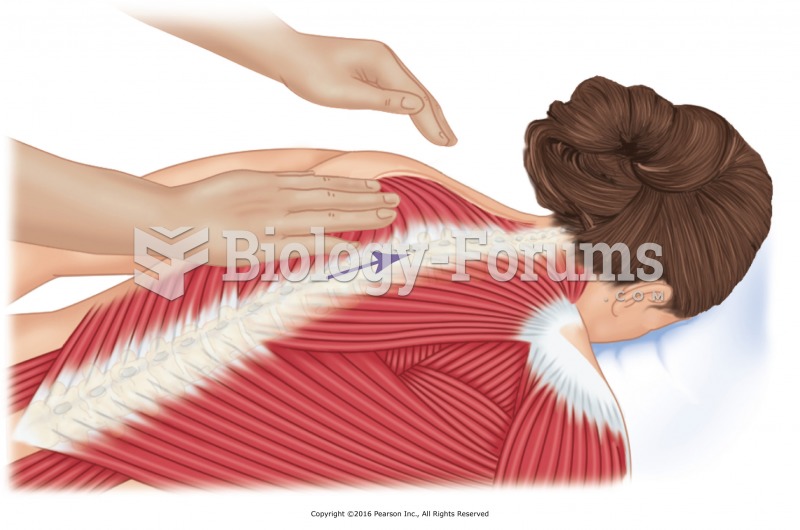|
|
|
All patients with hyperparathyroidism will develop osteoporosis. The parathyroid glands maintain blood calcium within the normal range. All patients with this disease will continue to lose calcium from their bones every day, and there is no way to prevent the development of osteoporosis as a result.
Asthma occurs in one in 11 children and in one in 12 adults. African Americans and Latinos have a higher risk for developing asthma than other groups.
Blood is approximately twice as thick as water because of the cells and other components found in it.
The first successful kidney transplant was performed in 1954 and occurred in Boston. A kidney from an identical twin was transplanted into his dying brother's body and was not rejected because it did not appear foreign to his body.
A cataract is a clouding of the eyes' natural lens. As we age, some clouding of the lens may occur. The first sign of a cataract is usually blurry vision. Although glasses and other visual aids may at first help a person with cataracts, surgery may become inevitable. Cataract surgery is very successful in restoring vision, and it is the most frequently performed surgery in the United States.
 The Green Pygmy Goose (Nettapus pulchellus) is a small perching duck which breeds in southern New Gu
The Green Pygmy Goose (Nettapus pulchellus) is a small perching duck which breeds in southern New Gu
 Human embryonic stem cells stained with Tra-1-60 (green) - a stem cell marker and nestin (red), a ne
Human embryonic stem cells stained with Tra-1-60 (green) - a stem cell marker and nestin (red), a ne





